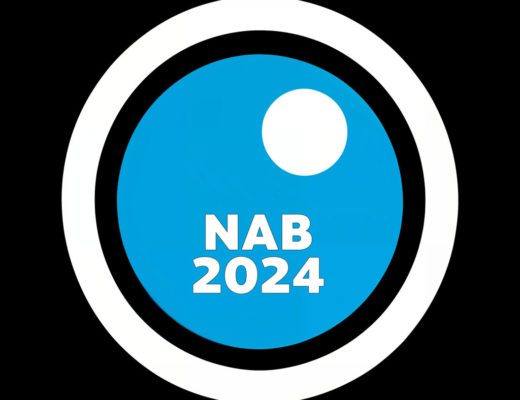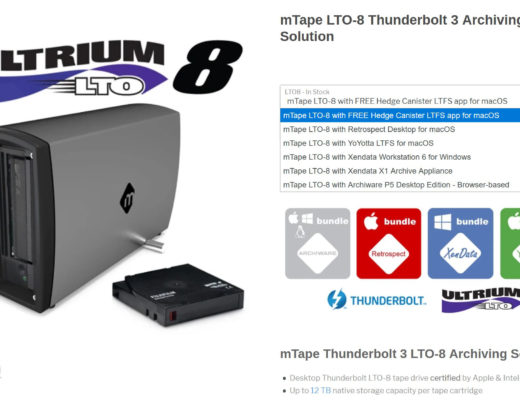W3C Standard Facilitates Data Management and Integration.
http://www.w3.org/ — 27 October 2009 — Today W3C announces a new version of a standard for representing knowledge on the Web.OWL 2, part of W3C’sSemantic Web toolkit, allows people to capture their knowledge about a particular domain (say, energy or medicine) and then use tools to manage information, search through it, and learn more from it. Furthermore, as an open standard based on Web technology, it lowers the cost of merging knowledge from multiple domains.
“OWL 2 is the direct result of user experience,” said Professor Ian Horrocks, University of Oxford and Chair of the OWL Working Group. “We learned a great deal from real world applications of OWL. The new version adds both power and speed: it standardizes those features most requested by OWL users, and introduces profiles to improve scalability in typical applications.”
OWL 2 Designed to Meet Real-World Information Management Needs
Communities organize information through shared vocabularies. Booksellers talk about “titles” and “authors,” human resource departments use “salary” and “social security number,” and so on. OWL is one W3C tool for building and sharing vocabularies.
Consider the application of OWL in the field of health care. Medical professionals use OWL to represent knowledge about symptoms, diseases, and treatments. Pharmaceutical companies use OWL to represent information about drugs, dosages, and allergies. Combining this knowledge from the medical and pharmaceutical communities with patient data enables a whole range of intelligent applications such as decision support tools that search for possible treatments; systems that monitor drug efficacy and possible side effects; and tools that support epidemiological research.
As with other W3C Semantic Web technology, OWL is well-suited to real-world information management needs. Over time, our knowledge changes, as does the way we think about information. It is also common to think of new ways of using data over time, or to have to combine data with other data in ways not initially envisioned (for example, when two companies merge and their data sets need to be merged as well). OWL is designed with these realities in mind.
OWL can lower software development costs as well by making it easier to design generic software (search tools, inference tools, etc.) that may be customized by simply adding more OWL descriptions. For instance, one simple but powerful feature of OWL is the ability to deduce two items of interest as being “the same” — for instance, that “the planet Venus” is the same thing as “the morning star” and as “the evening star.” Knowing that two items are “the same” allows smart tools to infer relationships automatically, without any changes to software.
OWL 2 Adds Expressive Power to Successfully Deployed Standard
W3C published thefirst version of OWL in 2004. OWL has already been successfully deployed in such diverse application areas as Oil&Gas exploration, eBusiness, health record management, semantic desktops, or management of musical archives; morecase studies are available. The new features in OWL 2 are based on the features people most requested after using OWL 1. OWL 2 introducesOWL profiles, subsets of the language that offer easier implementation and use (at the expense of expressive power) designed for various application needs.
To get started with OWL2, see theOWL2 Overview andOWL2 Primer.
About the World Wide Web Consortium (W3C)
TheWorld Wide Web Consortium (W3C) is an international consortium where Member organizations, a full-time staff, and the public work together to develop Web standards and guidelines designed to ensure long-term growth for the Web. Over 400 organizations are Members of the Consortium. W3C is jointly run by theMIT Computer Science and Artificial Intelligence Laboratory (MIT CSAIL) in the USA, theEuropean Research Consortium for Informatics and Mathematics (ERCIM) headquartered in France andKeio University in Japan, and has seventeen outreachoffices worldwide. For more information seehttp://www.w3.org

Filmtools
Filmmakers go-to destination for pre-production, production & post production equipment!
Shop Now
![W3C Standard Facilitates Data Management and Integration 3 Reblog this post [with Zemanta]](http://img.zemanta.com/reblog_c.png?x-id=ea72c64d-e0c1-4994-9aa2-b76042f6f720)












